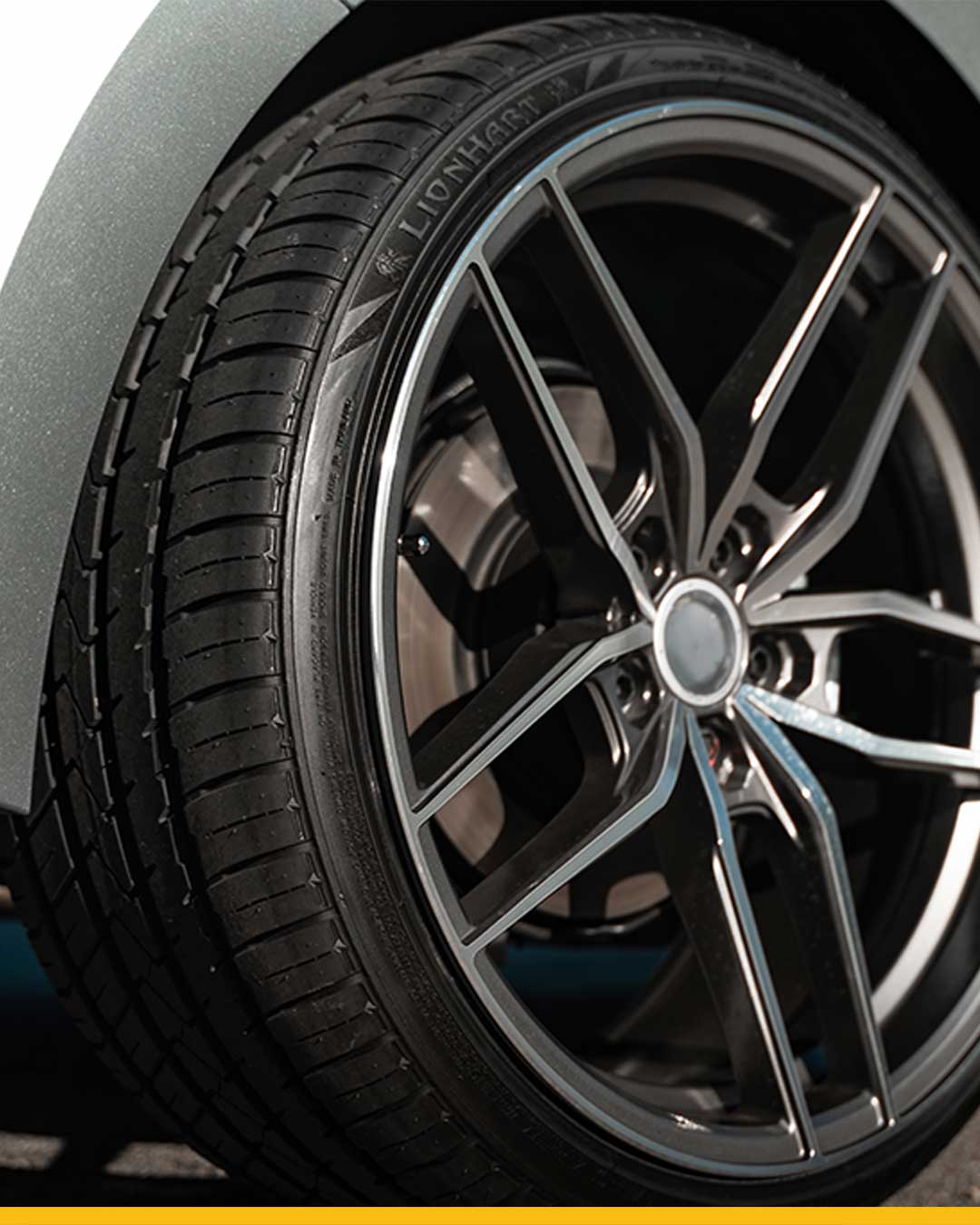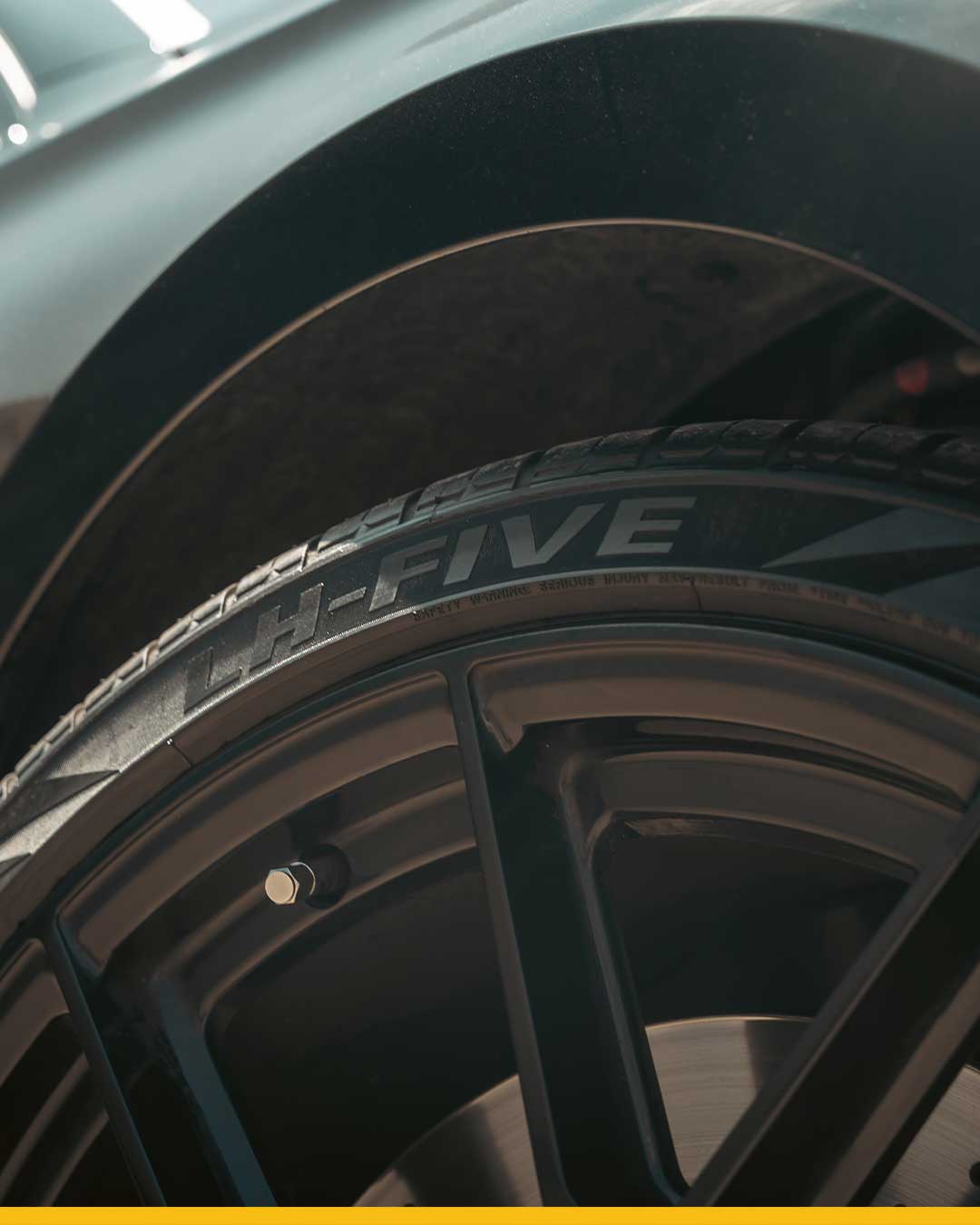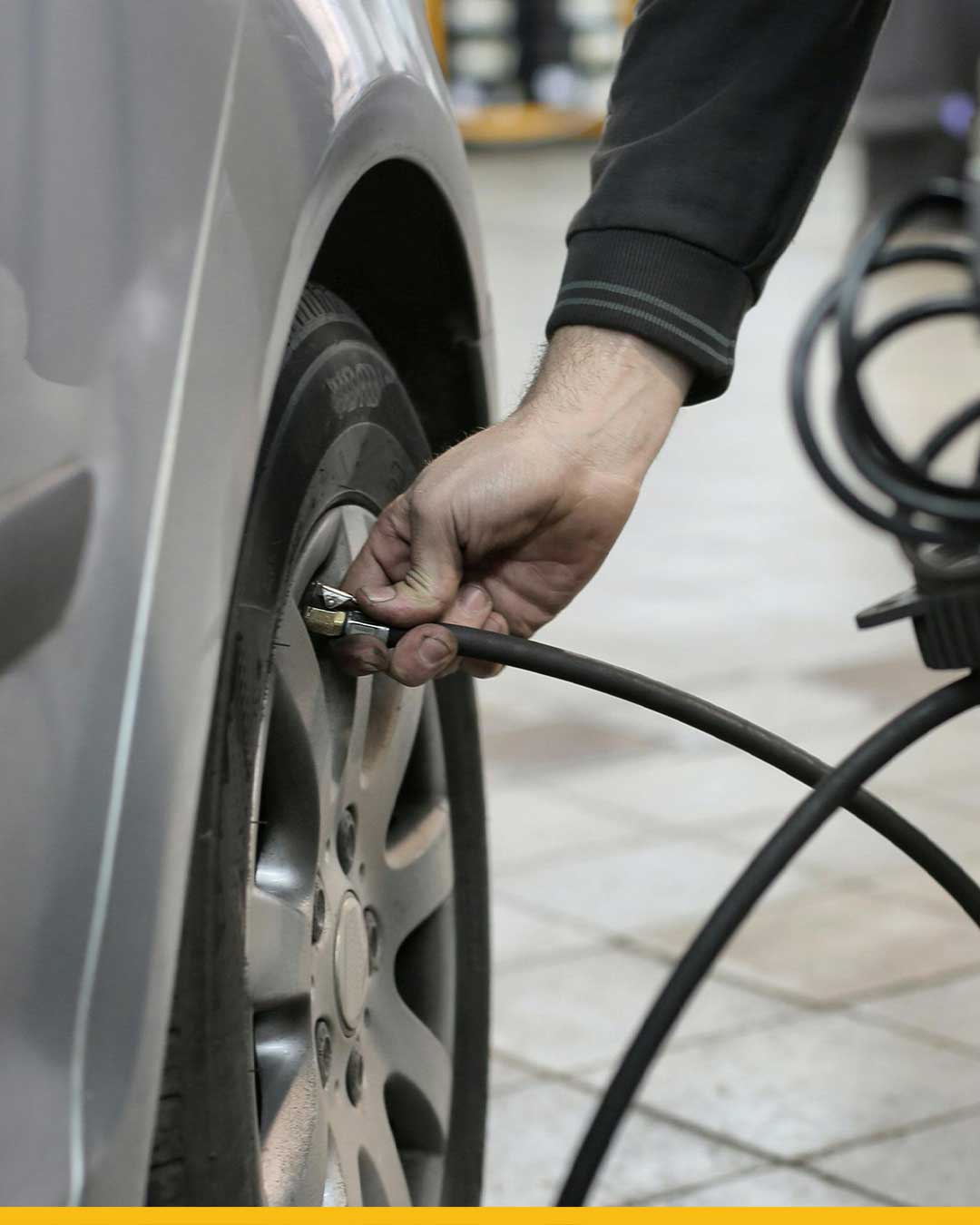How to Check and Maintain Tire Pressure
Signs Your Tire Pressure May Be Off
- Uneven Tire Wear: Check for bald spots or uneven tread wear.
- Poor Handling: If your vehicle feels unstable or hard to steer, tire pressure might be off.
- Increased Stopping Distance: If your car takes longer to stop, it could be due to incorrect tire pressure.
- Frequent Refills: Constantly needing to refill your tires is a sign of a slow leak or incorrect pressure.
- TPMS Warning Light: Most modern cars have a Tire Pressure Monitoring System (TPMS) that will alert you when tire pressure is low.
Step 1: Understanding Tire Pressure
First things first, what exactly is tire pressure?
Tire pressure is measured in PSI (Pounds per Square Inch) and indicates the amount of air in your tires. Each vehicle has a recommended tire pressure range, usually found in the owner’s manual or on a sticker inside the driver’s side door. It’s important to stick to the manufacturer’s recommended tire pressure for the best performance and safety.
Step 2: Gather Necessary Tools
- Tire Pressure Gauge: You can use a digital or analog gauge. Keeping an accurate pressure gauge in your car ensures you always have the ability to check your tire pressure, no matter where you are.
- Tire Inflator: A portable tire inflator that runs off a 12-volt outlet is incredibly handy. It allows you to adjust your tire pressure on the go without having to find a gas station.
- Air Compressor: If you have access to a larger air compressor at home, it can make the process quicker.
Step 3: When to Check Tire Pressure
The best times to check your tire pressure are before a long trip, during significant temperature changes, and at least once a month. Temperature affects tire pressure; for example, cold weather can cause it to drop. Checking regularly helps you stay ahead of any issues.
Step 4: Checking Tire Pressure
- Remove the valve cap from one tire.
- Press the tire pressure gauge onto the valve stem and ensure a good seal.
- Read the gauge to see the current tire pressure.
- Repeat these steps for all four tires, and don’t forget the spare.
Step 5: Adjusting Tire Pressure
Adding Air to Underinflated Tires:
- Attach the air compressor hose or tire inflator to the valve stem.
- Add air in short bursts, checking the pressure frequently.
- Continue until you reach the recommended pressure.
Releasing Air from Overinflated Tires:
- Press the center of the valve stem with a small tool or the gauge’s built-in bleeder valve.
- Release air in short bursts, checking the pressure frequently.
- Continue until you reach the recommended pressure.
Tips for Maintaining Optimal Tire Pressure
- Regular Checks: Make checking your tire pressure a monthly habit.
- Seasonal Adjustments: Remember to check more frequently in colder months.
- Include the Spare: Your spare tire is often overlooked, but it’s essential to keep it properly inflated.
Common Mistakes to Avoid
- Ignoring the Spare Tire: Always check your spare tire’s pressure.
- Visual Checks Aren’t Enough: Relying solely on visual inspection can be misleading.
- Improper Inflation: Avoid over-inflating or under-inflating based on the vehicle load or tire appearance.
Benefits of Proper Tire Pressure Maintenance
Maintaining proper tire pressure has several benefits:
- Enhanced Safety and Handling: Properly inflated tires provide better traction and handling.
- Improved Fuel Efficiency: Correct tire pressure can improve your gas mileage.
- Extended Tire Lifespan: Well-maintained tires wear evenly and last longer.
- Better Overall Vehicle Performance: Your car drives smoother and performs better.
Proper Tire Pressure = Safety and Performance
By following these steps, you’ll ensure that your tires are always in peak condition, providing you with a safer, more efficient driving experience. Remember, proper tire maintenance isn’t just about checking pressures—it’s about keeping you and your passengers safe on the road.
FAQs: Checking and Maintaining Tire Pressure
1. How often should I check my tire pressure?
You should check your tire pressure at least once a month, before long trips, and during significant temperature changes. Regular checks help ensure your tires are properly inflated, improving safety and performance.
2. What is the recommended tire pressure for my vehicle?
The recommended tire pressure for your vehicle can usually be found in the owner's manual or on a sticker inside the driver’s side door. It's important to follow these guidelines for optimal tire performance and safety.
3. Can I rely on gas station air pumps to check and fill my tires?
While gas station air pumps are convenient, they are often inaccurate due to frequent use and lack of maintenance. It's best to use a reliable tire pressure gauge and a portable tire inflator for accurate readings and adjustments.
4. What tools do I need to check and maintain my tire pressure?
You will need a tire pressure gauge (digital or analog), a tire inflator that runs off a 12-volt outlet, and possibly an air compressor. Keeping these tools in your car ensures you can check and adjust tire pressure anytime, anywhere.
5. What are the signs that my tire pressure might be off?
Common signs include uneven tire wear, poor handling, increased stopping distance, frequent need to refill tires, and the Tire Pressure Monitoring System (TPMS) warning light on your dashboard. If you notice any of these signs, check your tire pressure as soon as possible.




